

Cars from Hyundai and Kia have made quantum leaps in terms of interior and exterior design within the past few years. With such radical changes in the space of a single generation, you wouldn’t be crazy to think the aesthetics may have left the rest of the car behind. That’s not the case, though, at least when it comes to the new Kona.
Completely redesigned in and out for 2024, it has several drivetrains for discerning customers, an exterior design that tests the limits of mass manufacturing, and an interior that discards convention to deliver more space and superior user-friendliness.

The Kona isn’t perfect, though. Part of the electric model’s exterior appeal is a little diminished by a battery pack that quite clearly protrudes below the bottom of the car—a result of the fact that the car offers so many disparate drivetrains. Likewise, the “N-Line” appearance package is a bit much considering there are no mechanical changes to cash the checks that big spoiler is writing. That being said, it’s worth mentioning the little things inside and out on every trim that add up nicely to make this car stand out.
The Outside
Similar to the three-foot-long taillights on the back of the Cadillac Escalade, the exterior of the Kona has masses of plastic that test the limits of what engineers consider reasonable. In a walkaround of the vehicle with Hyundai’s design chief, SangYup Lee, he was quick to point out the massive one-piece daytime running light that dominates the front of the car. On the Staria van, a vehicle we don’t get in the United States, he pointed out that engineering limitations meant a similar DRL on the front of that car had to be split up into three pieces, which the designers weren’t a fan of. Thanks to a bit of constructive discussion, though, that was resolved on the Kona, although now the lighting elements themselves are segmented as the illumination stretches toward the center of the car.

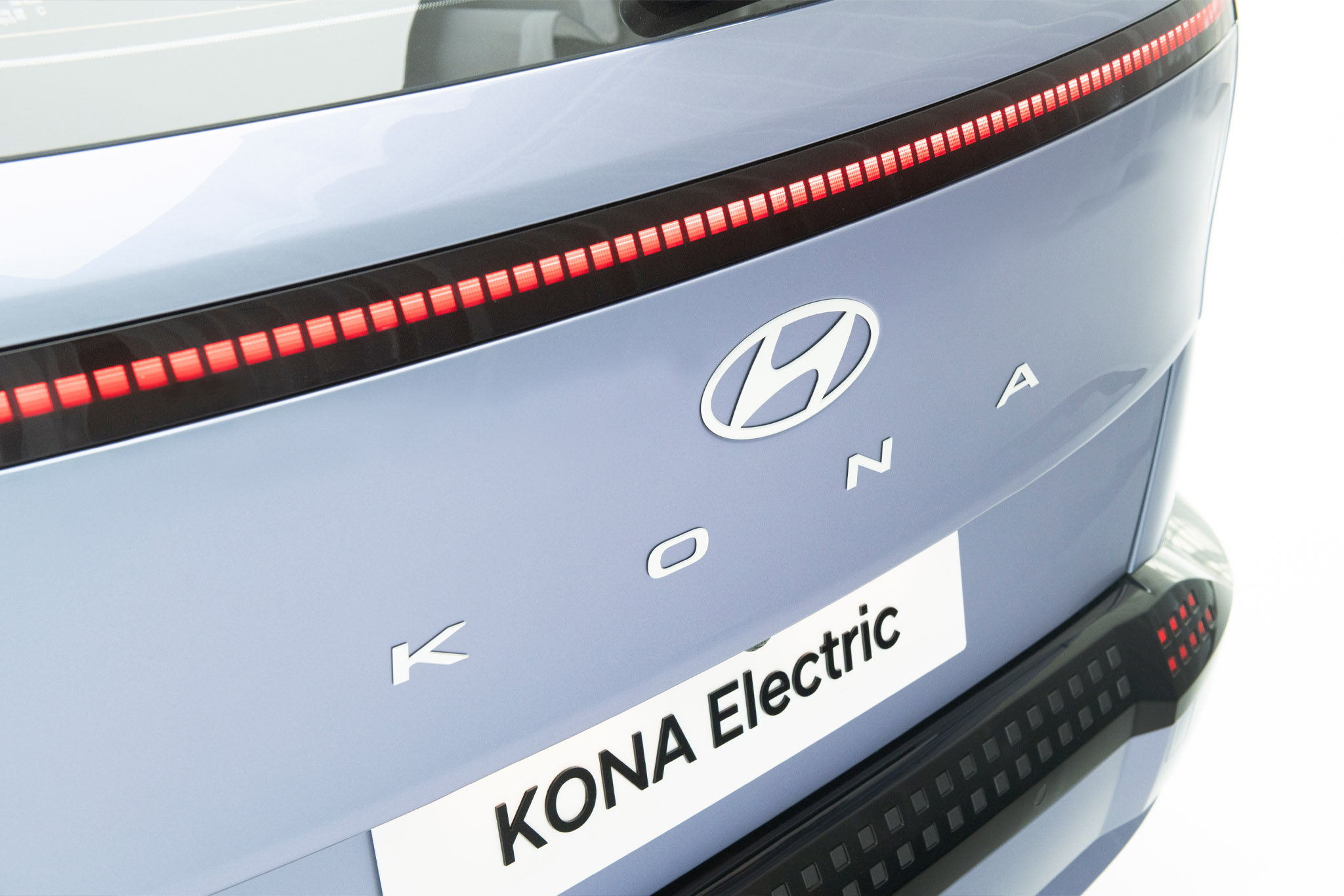
This was likely done for a few reasons. The practical one is to keep the front and back of the car cohesive. The monolithic rear running light, for instance, must be segmented because of the tailgate. Segmenting that intentionally makes sense, and actually takes a page out of Volvo’s book. The Swedish automaker did something similar with its XC40 Recharge, which required a break in the taillight due to manufacturing constraints. In response, designers intentionally segmented the upper half of the taillight, turning an unavoidable break in the long lash of light into something intentional.
This feature exists only on the electric version of the Kona, which is the car Lee’s team designed as the halo. Hyundai considers designing the EV first in a car with multiple drivetrains like the Kona to be unconventional but important, as most automakers do it the other way around. The brand thinks this is the right order for the design process. And with the ICE-powered versions of the car looking just as suave as the electric version, it’s hard to disagree.
Outside of the lighting, the exterior of the Kona is similar to other Hyundais, but not the same. The diagonal character line on the flanks of the car, for instance, exists on other vehicles from the Korean automaker. On the Kona, it rises from front to back. On the Ioniq 5, it’s the other way around. On vehicles like the Elantra, Santa Cruz, and Tucson, these hard diagonal lines take a more abstract form, but they’re clearly related aesthetically.

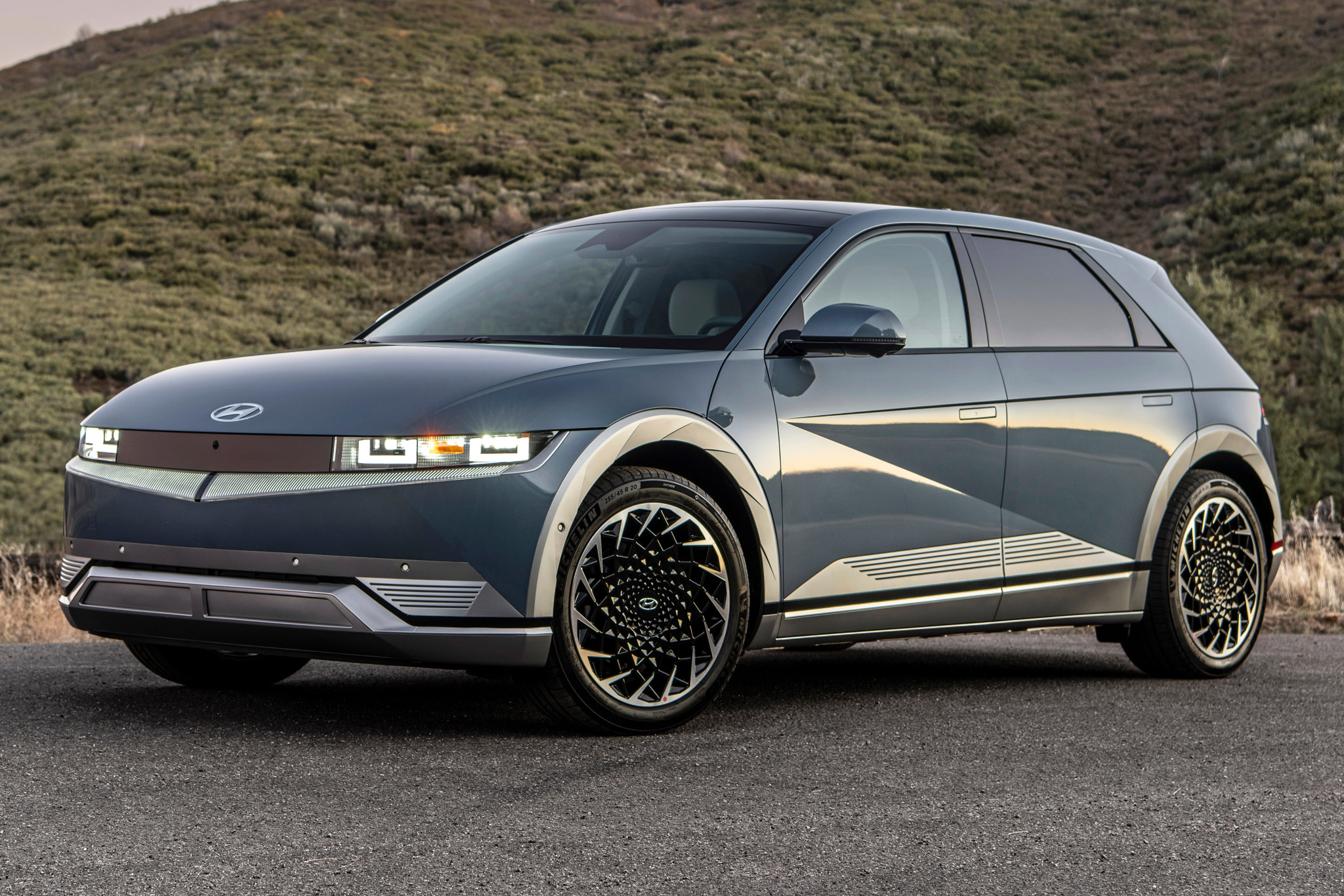
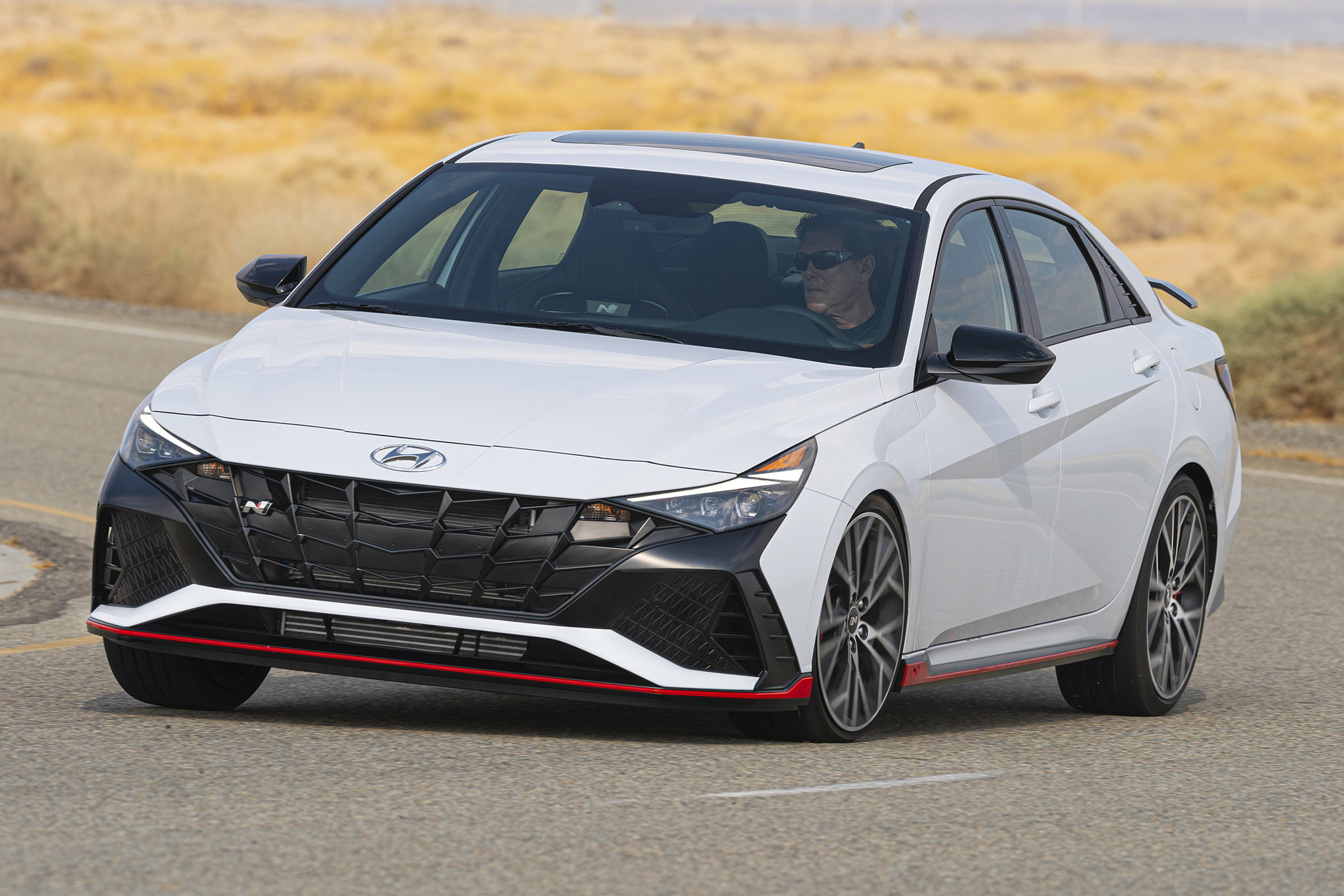
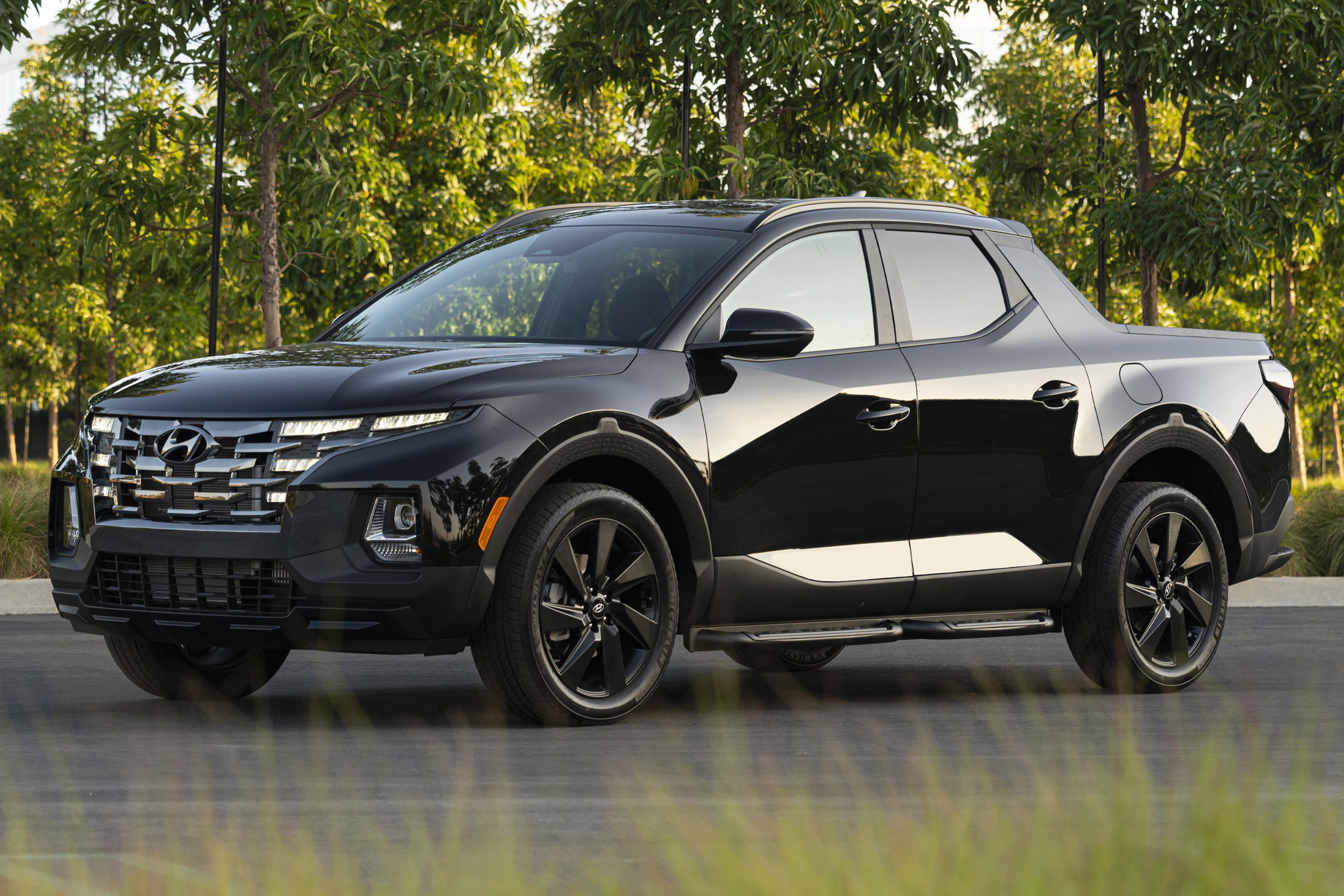
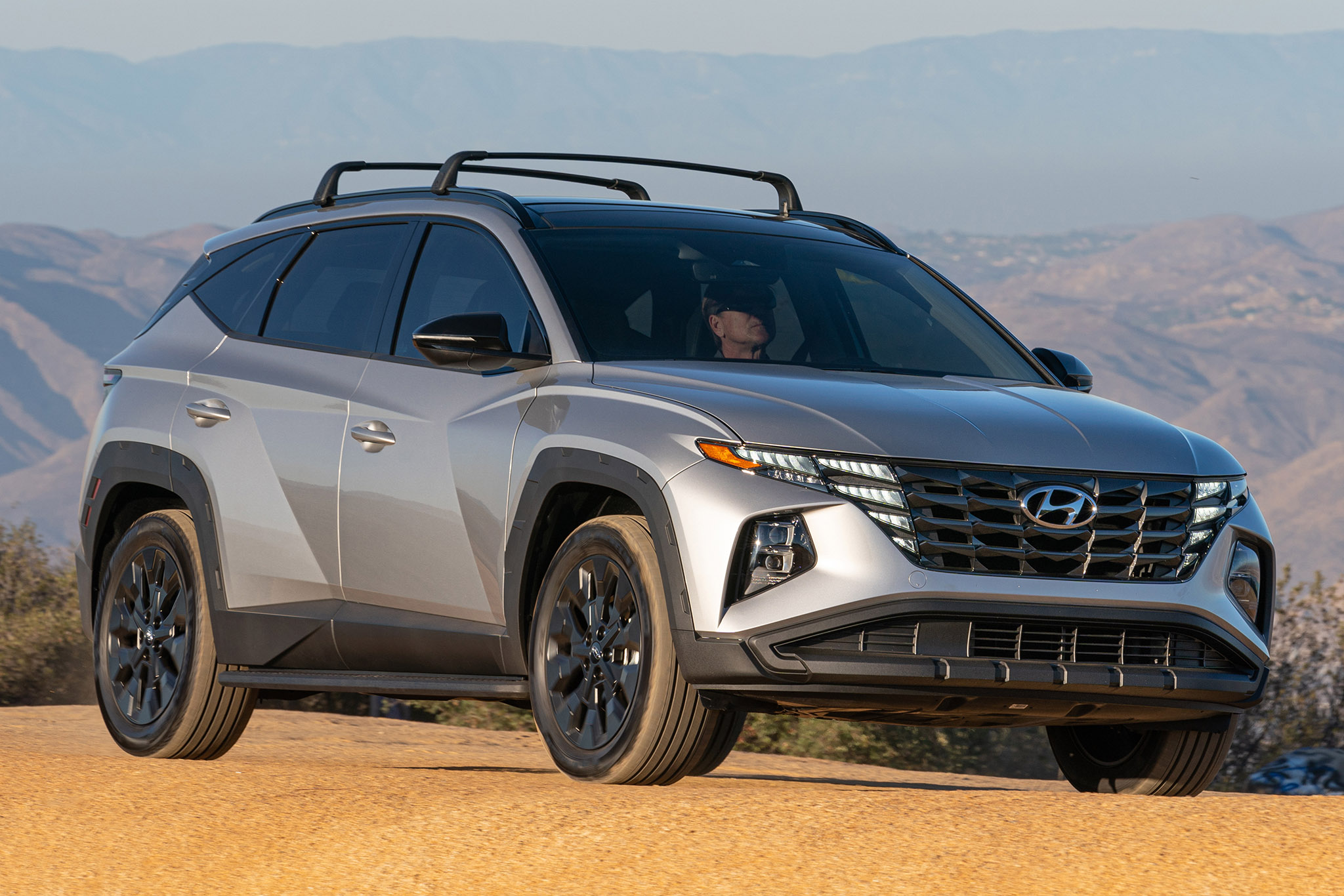
The Inside
The interior of the Kona is where a few interesting compromises were made, and also where you’ll be pleased to know many physical controls have been maintained. Lee noted that, for often-used controls, it’s important to maintain a tactile interface. This is true in the Kona, but in other Hyundai vehicles like the Santa Cruz, it’s not so clear-cut, as buttonless haptic controls are a big part of the picture. That being said, the fact that Hyundai is refusing to go the way of the iPad is good news.
The real innovation here comes in the form of a bunch of little things that add up nicely. Two specific steps, unblending the door card with the dash and moving the shifter to the steering column, were done to maximize interior space. It’s often tempting for designers to add a nice radius where the door meets the dash, Lee explained, but it ultimately leads to less usable volume inside the vehicle and, as the Kona shows, it can be designed around. Likewise, moving the shifter from the center console to the column makes the former seem lower, which further adds to both the actual amount of usable space and the illusion of spaciousness.
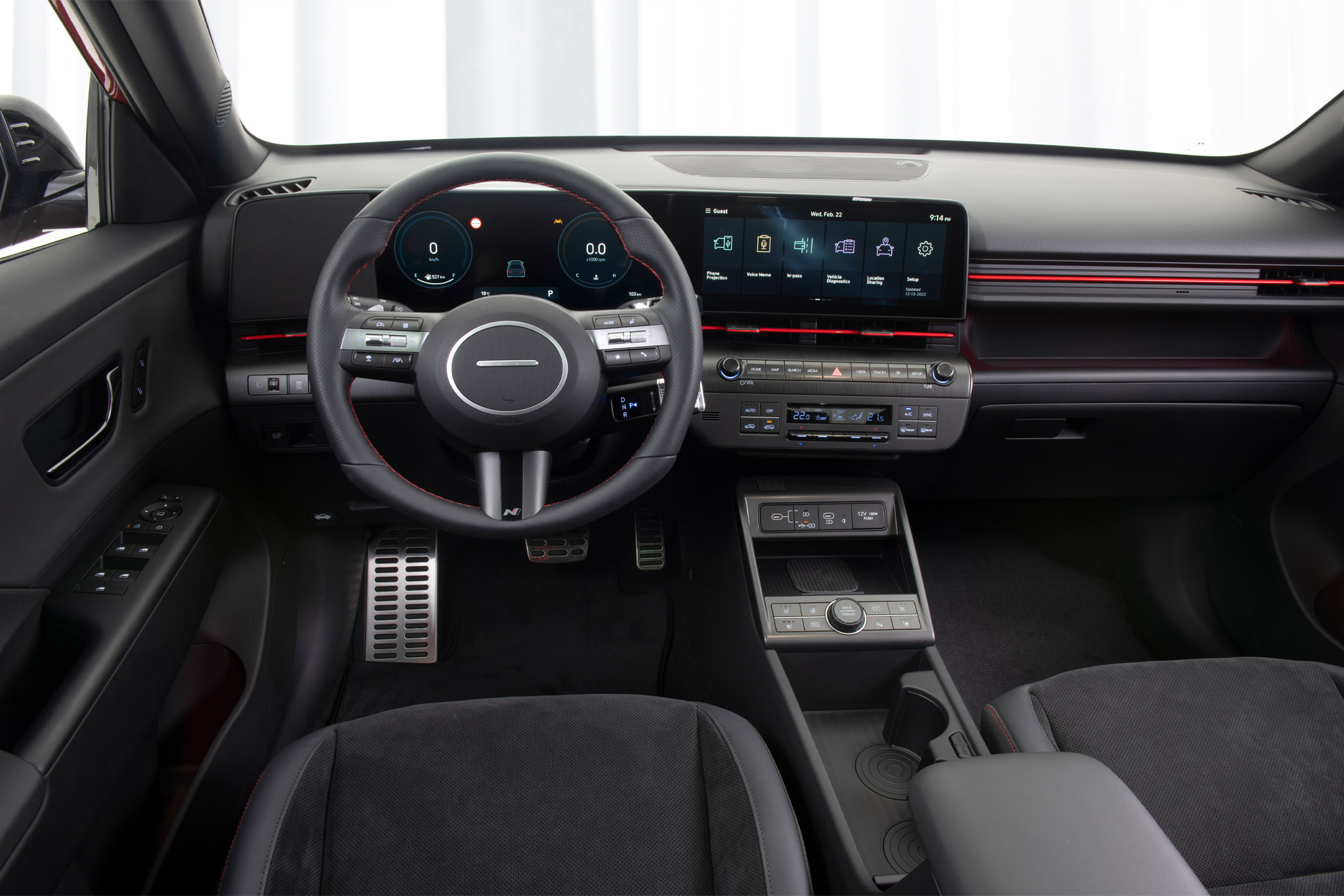
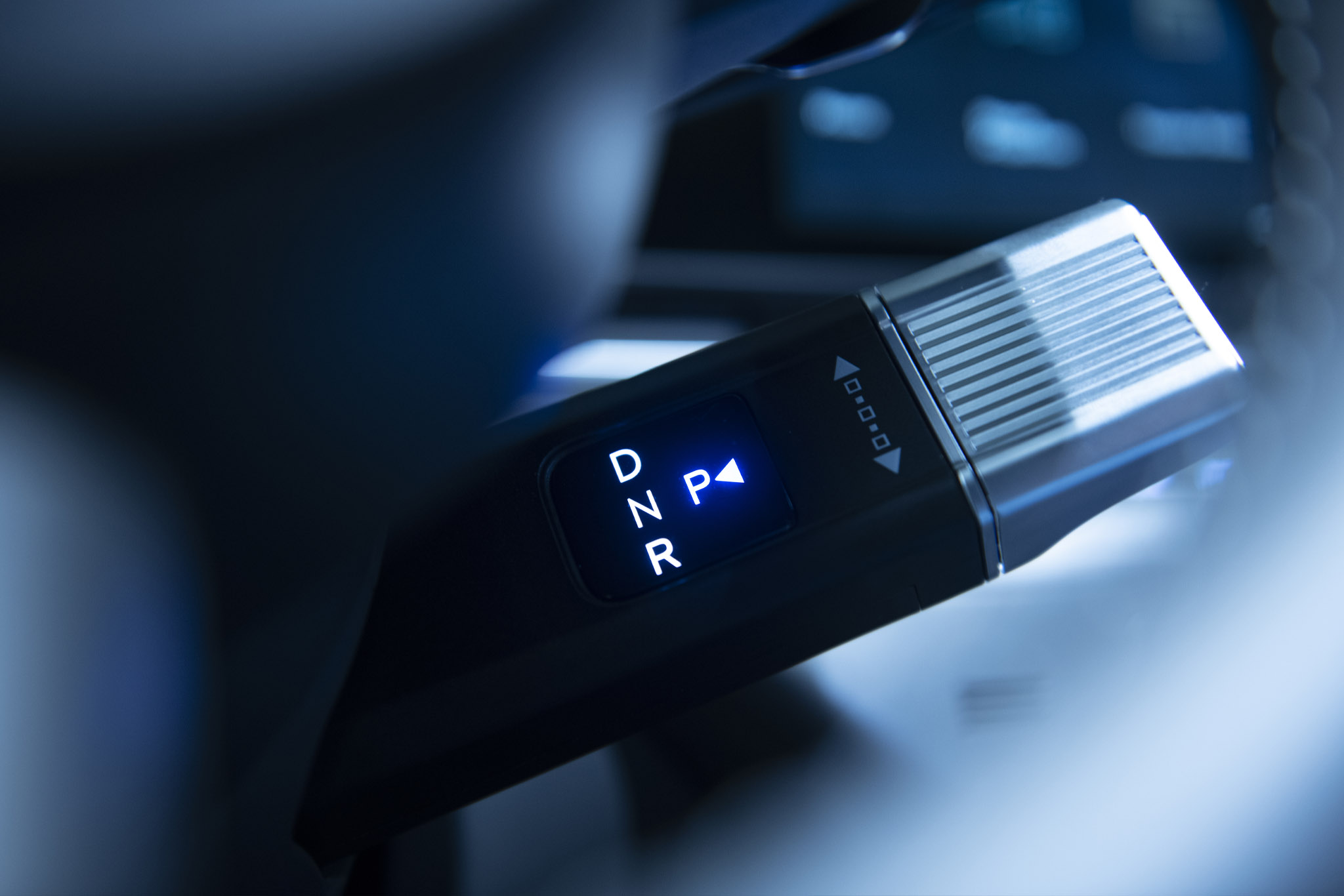
Other smart features include a phone charging port that is configurable to allow vehicle connectivity or strictly charging with a touch of a physical button. This is very useful if you’re letting someone borrow your car or you just want to charge as opposed to hooking up Android Auto or Apple CarPlay. All of the charging ports are also illuminated for easier connection at night.
Hyundai’s interesting flip-out cupholders are on full show here, too. They allow for the center console to be used as one large flat storage area or, with the touch of a button, up to two cupholders. It’s very nearly the best of both worlds, although I cannot personally attest to their actual cup-holding ability.
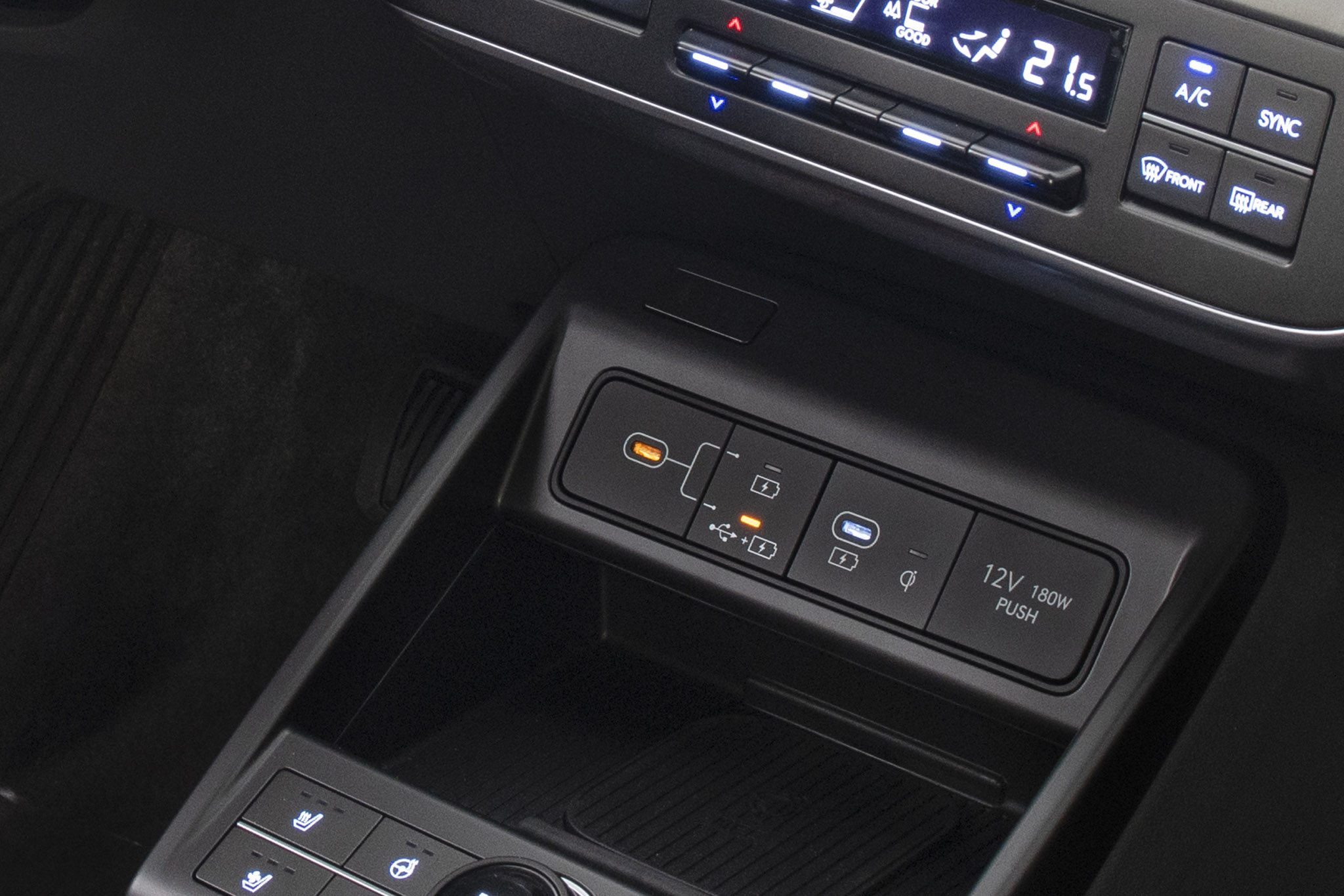
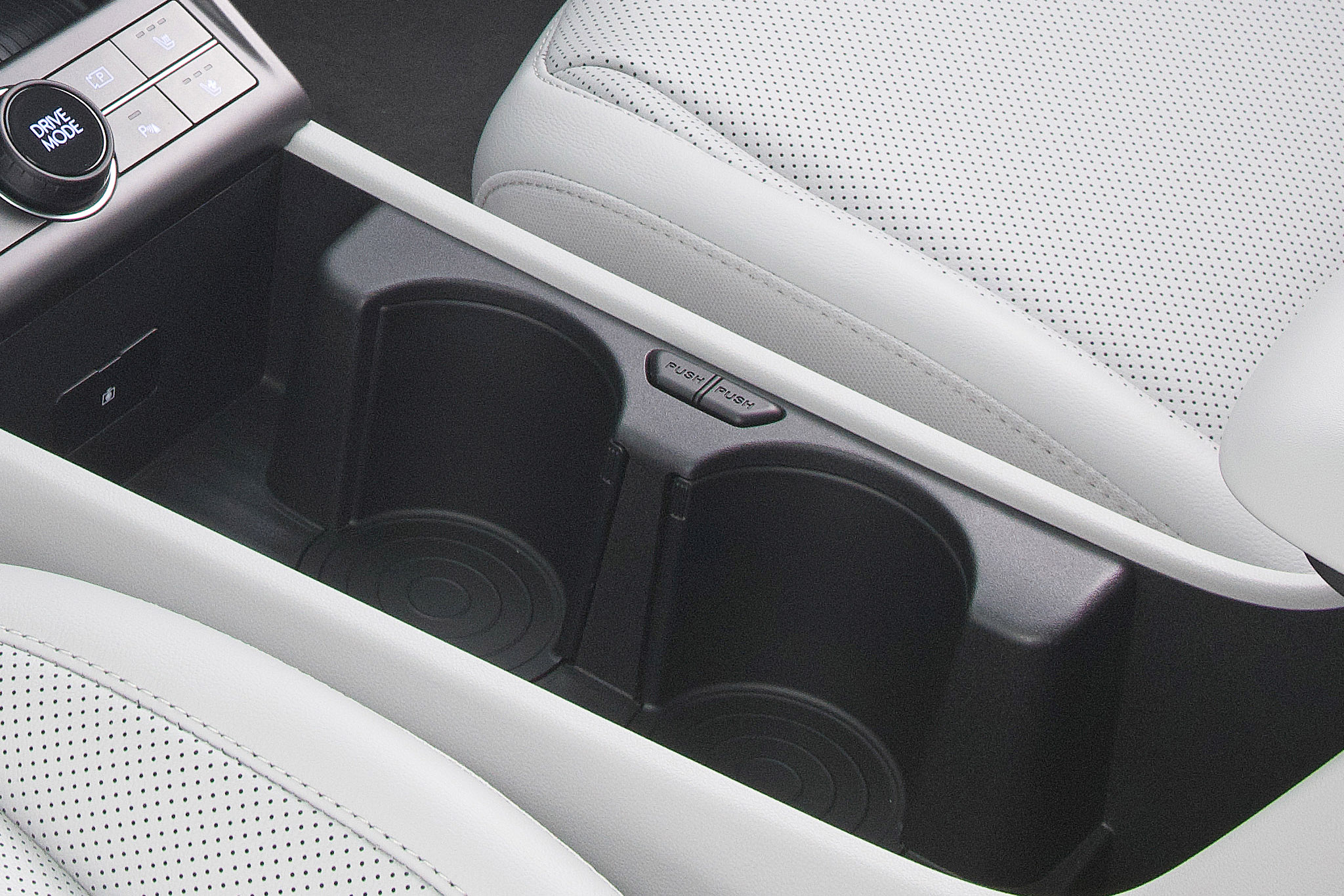
All of this is topped off by pleasant ambient lighting that’s differentiated between the various trims, and those disparate lighting solutions really speak to the well-executed nature of the Kona. Yes, there’s a hybrid, a pure ICE model, and an EV (we will only be getting the latter two.) They’re all on the same platform. These cars all share body panels. Despite this, though, they all still have their own distinct visual flavor. Other automakers like Toyota which similarly offer distinct hybrid, plug-in hybrid, and pure ICE trims on the same model, struggle to do this. A RAV4 Prime looks remarkably similar to a higher-trim ICE model, for instance.
With even more from Hyundai, Genesis, and Kia on the horizon, it will be interesting to see where Lee and his team take the brand. It’s about time the bar for automotive design was raised, especially for budget brands. Cars are part of the art that colors our daily lives. When common products offer something to the eye, it makes the world a slightly better place to live.
Got a tip or question for the author? You can reach them here: peter@thedrive.com